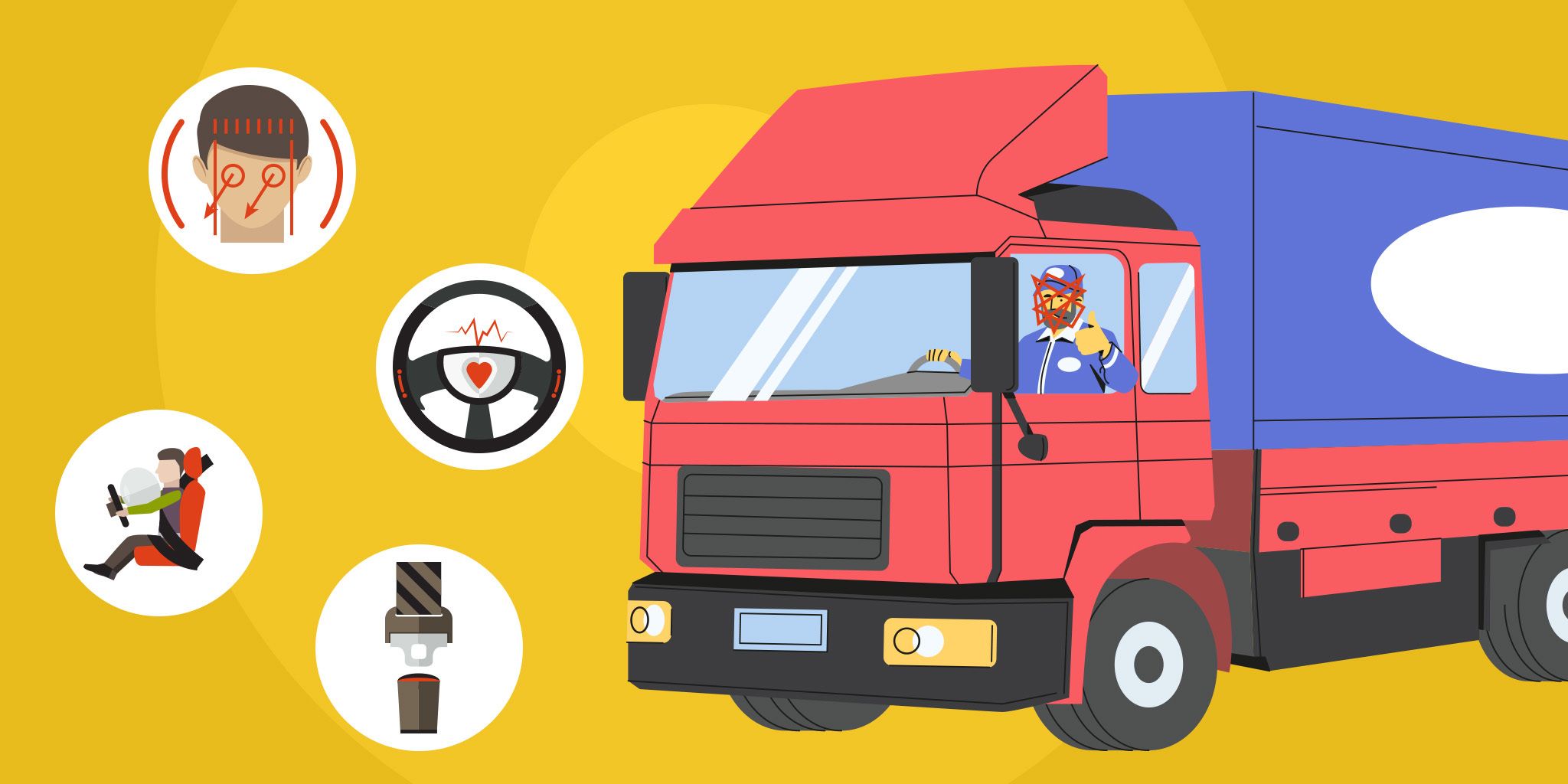Can Machines Teach Machines To Drive Safely?
Can Machines Teach Machines To Drive Safely?
- Last Updated: December 2, 2024
DataArt
- Last Updated: December 2, 2024



The Internet of Things has radically disrupted virtually every industry, profoundly altering the manner in which we conduct business and manage our daily lives. The auto industry has perhaps experienced the most significant transformation of them all, with the proliferation of connected vehicles and the expectation of fully-autonomous cars coming to our roads in the not-too-distant future.
Although once considered a high-tech feature, internet connectivity in vehicles is quickly becoming commonplace. While just 35% of cars were connected to the internet in 2015, Statista predicts that this number will reach a remarkable 98% by 2020 and 100% by the year 2025.
It's important to remember that any object connected to the internet becomes vulnerable to exploitation by hackers. And vehicles are certainly not an exception to this rule, as was illustrated when security researchers remotely gained control over a Jeep Cherokee, leading to a massive recall and a renewed alert to the importance of ensuring effective security protection in connected vehicles.
Machine-to-machine (M2M) technology is one of the key ingredients to the future of global transportation. Automotive companies are increasingly partnering with telecommunication carriers to improve efficiency and safety on our roads. By utilizing wireless communication to enable vehicles to interact with each other and with the infrastructure around them, drivers can be notified about dangerous road conditions, collisions, and hazardous curves via a range of automated systems.
It's expected that connected vehicles will greatly decrease accidents, with a study by the NHTSA stating that 80% of crash scenarios that involve non-impaired drivers could be avoided through the usage of this technology.
Some of the major factors in ensuring the success of M2M systems in vehicles are configuring, managing, tracking, and monitoring a complex network of wirelessly connected components. Considering the potential dangers involved in driving, it's essential to get these details right. And if everything is working correctly, technologies, such as those that can automatically brake a car to avoid an accident, will increase the safety on our roads exponentially.
Sophisticated driver-assistance features are already present in some vehicles, providing the option of automated lane changing and parking, adaptive cruise control, and other advanced tasks without the need for human intervention. As the auto industry moves toward fully-autonomous vehicles, we can look forward to a safer and more efficient driving experience that allows us to relax, work, or simply stare out the window while our car takes us to our destination on its own.
Written by Igor Ilunin, Head of IoT at DataArt.
The Most Comprehensive IoT Newsletter for Enterprises
Showcasing the highest-quality content, resources, news, and insights from the world of the Internet of Things. Subscribe to remain informed and up-to-date.
New Podcast Episode

Moving Past the Pilot Phase in IoT and AI
Related Articles




